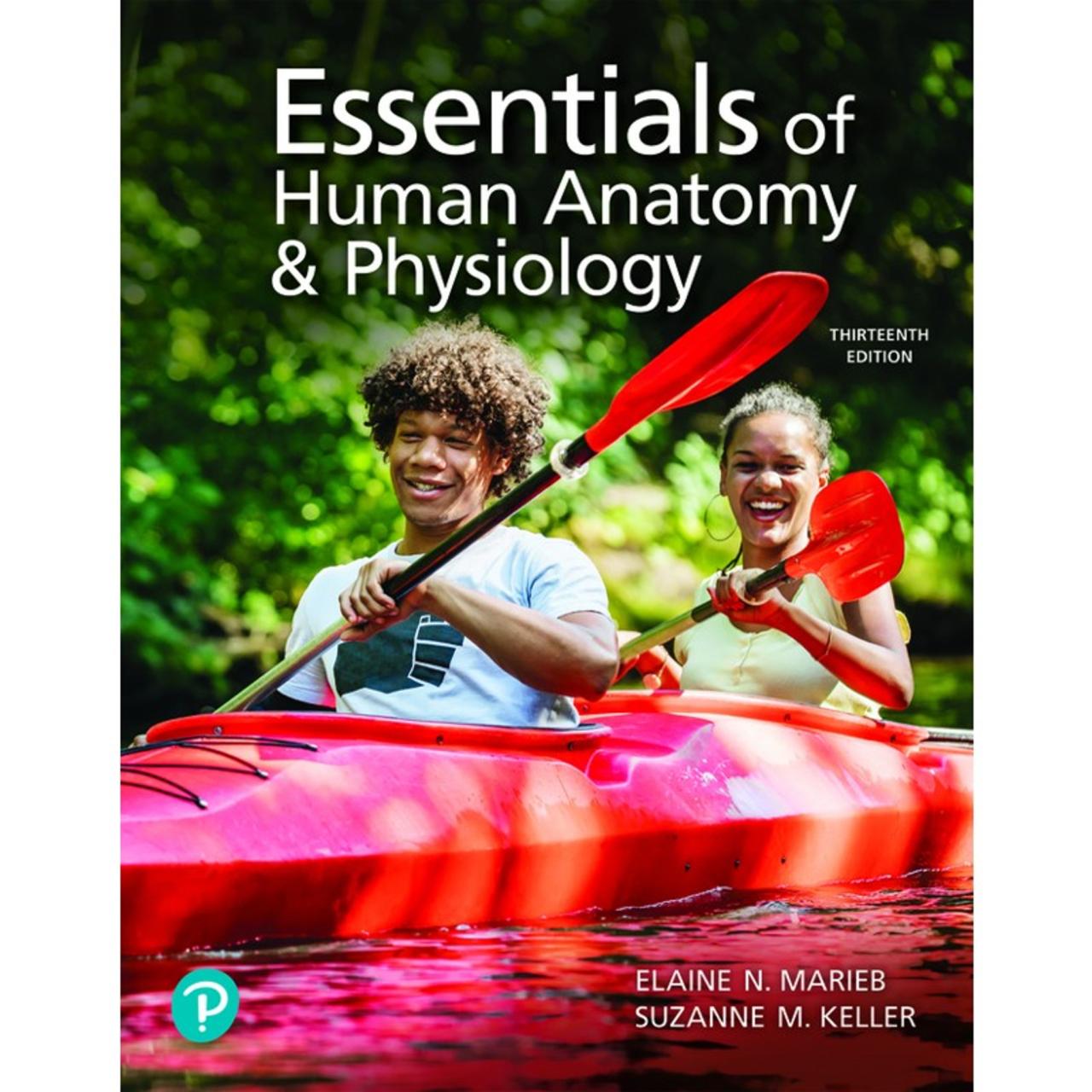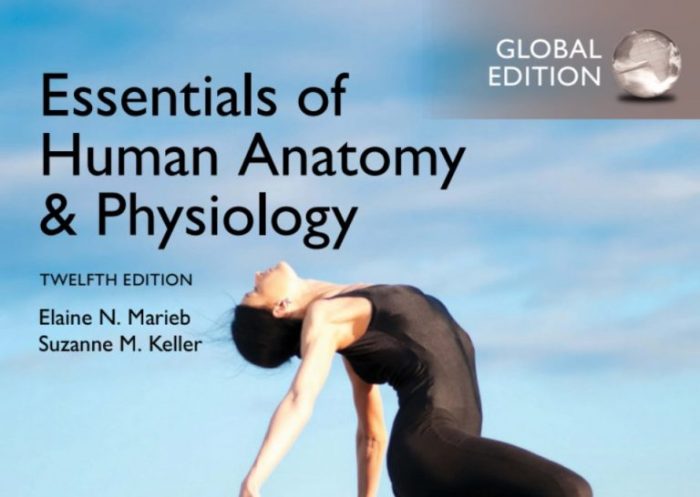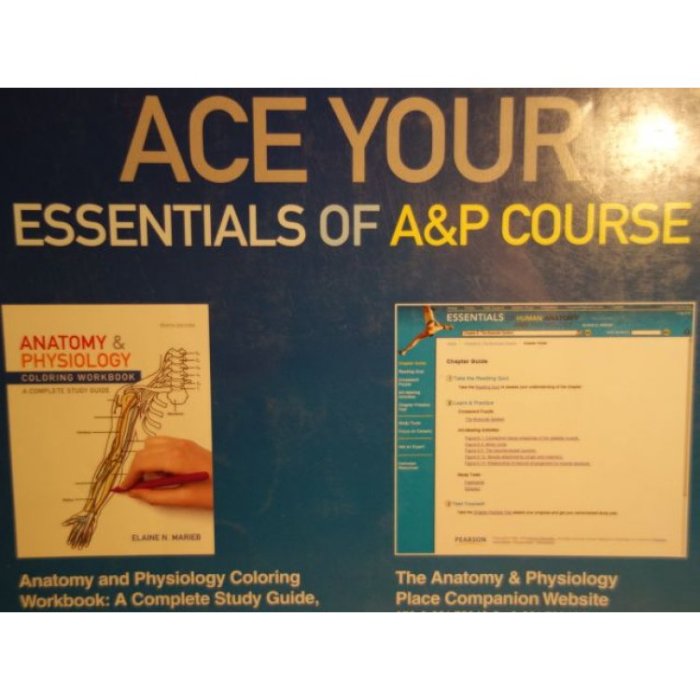Embark on an enlightening journey through Hole’s Essentials of Human Anatomy and Physiology, a comprehensive guide that unravels the complexities of the human body with unparalleled clarity and precision. This authoritative text provides a solid foundation for understanding the structure, function, and interconnections of the various systems that orchestrate human life.
Delving into the fundamental principles of human anatomy and physiology, Hole’s Essentials unveils the intricate levels of organization within the body, from cells to tissues to organs and systems. The concept of homeostasis takes center stage, emphasizing its crucial role in maintaining a stable internal environment essential for survival.
Introduction

Hole’s Essentials of Human Anatomy and Physiology is a comprehensive textbook that provides a detailed overview of the structure and function of the human body. It is designed for students pursuing courses in human anatomy and physiology, as well as healthcare professionals seeking a thorough understanding of the human body.
Basic Concepts: Hole’s Essentials Of Human Anatomy And Physiology
Human anatomy and physiology are closely intertwined disciplines that explore the structure and function of the human body. The study of anatomy involves understanding the physical form and arrangement of various body structures, while physiology focuses on how these structures work together to maintain homeostasis, the body’s internal balance.
The human body is organized into several levels of complexity, ranging from atoms and molecules to cells, tissues, organs, organ systems, and finally, the entire organism. Homeostasis is essential for the proper functioning of the body and is maintained through various mechanisms that regulate body temperature, pH levels, and other vital parameters.
Cells and Tissues
Cells are the fundamental units of life and the building blocks of tissues. Different types of cells have specialized structures and functions, enabling them to perform specific tasks within the body. Cells are organized into tissues, which are groups of similar cells that perform a common function.
There are four main types of tissues in the body: epithelial, connective, muscle, and nervous tissue. Each tissue type has its own unique characteristics and functions, contributing to the overall structure and function of organs.
Integumentary System

The integumentary system is the body’s outermost layer, consisting primarily of the skin and its accessory structures. The skin serves as a protective barrier against external threats, regulates body temperature, and provides sensory input.
The skin is composed of three layers: the epidermis, dermis, and hypodermis. Each layer has distinct functions and contains specialized structures, such as hair follicles, sweat glands, and nerve endings.
Skeletal System
The skeletal system provides structural support and protection for the body. It consists of bones, which are hard, mineralized tissues that form a framework for the body and protect vital organs.
There are two main types of bones: axial bones and appendicular bones. Axial bones form the central axis of the body, including the skull, vertebral column, and rib cage. Appendicular bones form the limbs and girdles, providing mobility and support.
Muscular System

The muscular system is responsible for movement and posture. It consists of skeletal muscles, which are attached to bones and contract to generate movement.
There are three types of muscle fibers: slow-twitch, fast-twitch, and intermediate fibers. Each fiber type has different properties, allowing for a range of muscle contractions and movements.
Nervous System
The nervous system is the body’s control center, responsible for communication, coordination, and response to stimuli. It consists of the brain, spinal cord, and peripheral nerves.
The nervous system is divided into two main divisions: the central nervous system (CNS) and the peripheral nervous system (PNS). The CNS consists of the brain and spinal cord, while the PNS consists of all the nerves that connect the CNS to the rest of the body.
General Inquiries
What is the significance of Hole’s Essentials of Human Anatomy and Physiology?
Hole’s Essentials is a widely acclaimed textbook that provides a comprehensive and accessible introduction to human anatomy and physiology, serving as a valuable resource for students, healthcare professionals, and anyone seeking a deeper understanding of the human body.
Who is the target audience for Hole’s Essentials of Human Anatomy and Physiology?
This book is primarily designed for undergraduate students in biology, pre-health professions, nursing, and other allied health fields. It is also an excellent resource for individuals pursuing continuing education or seeking a comprehensive overview of human anatomy and physiology.